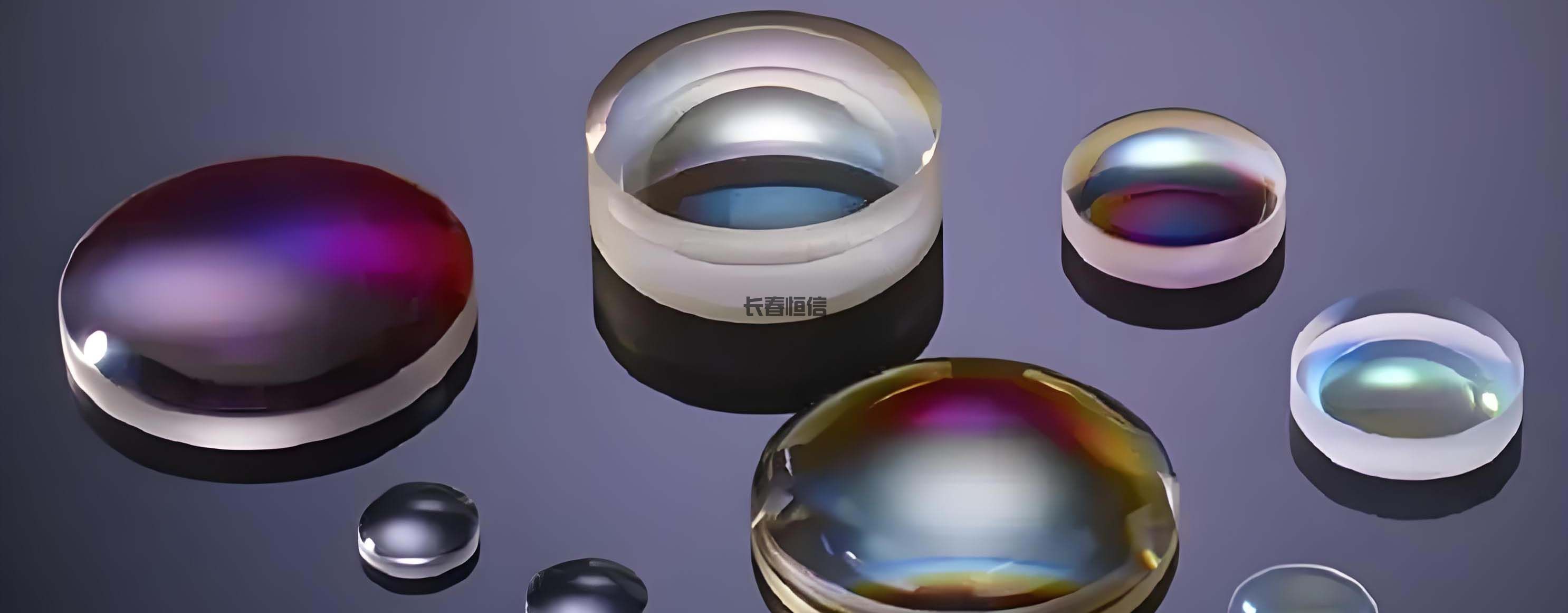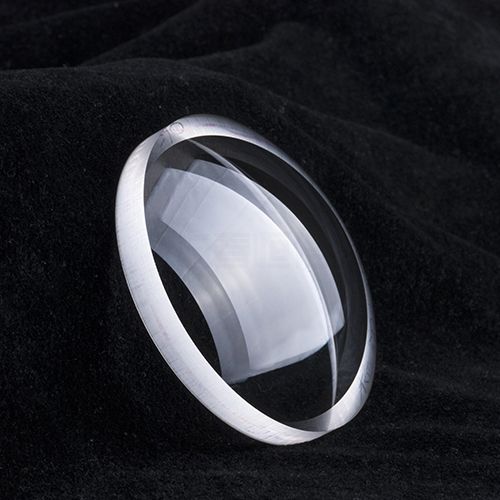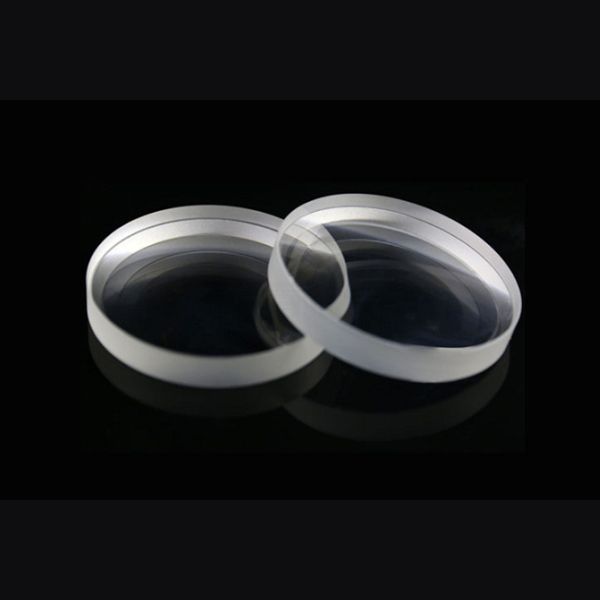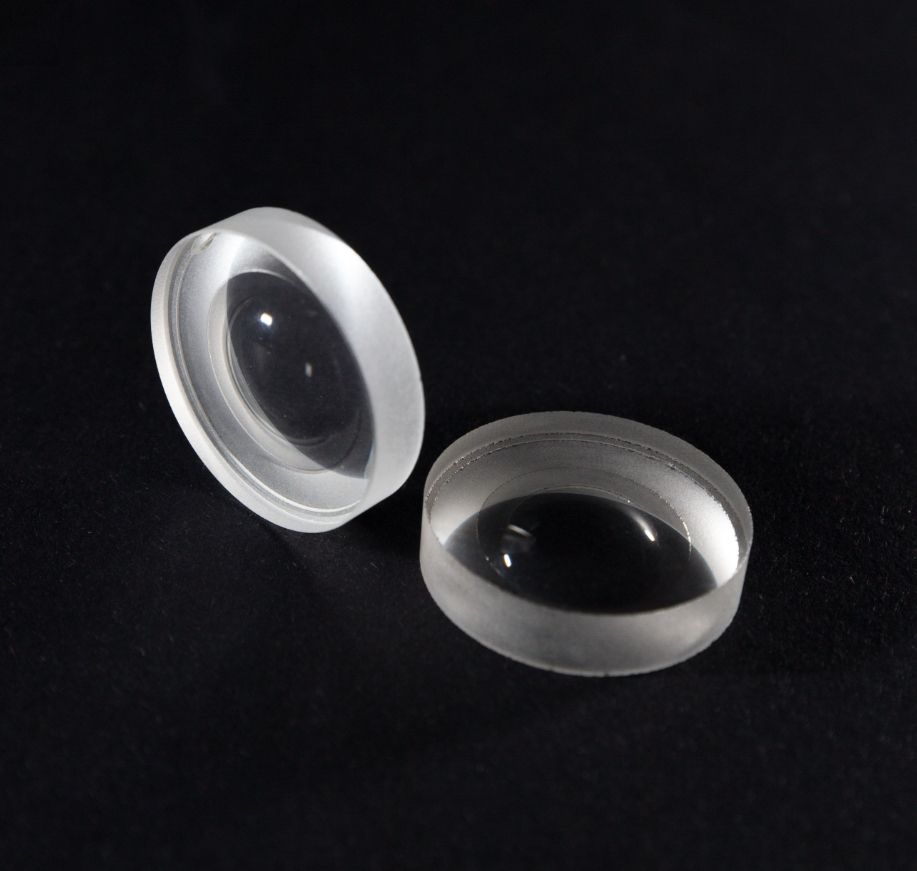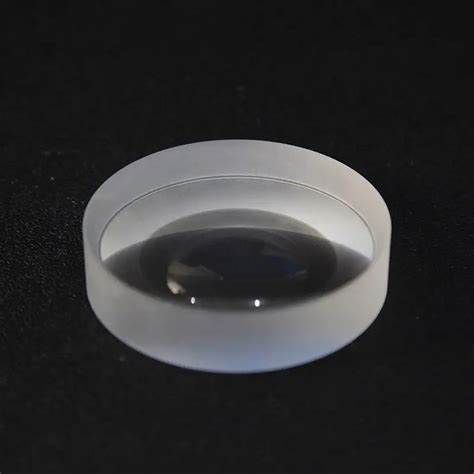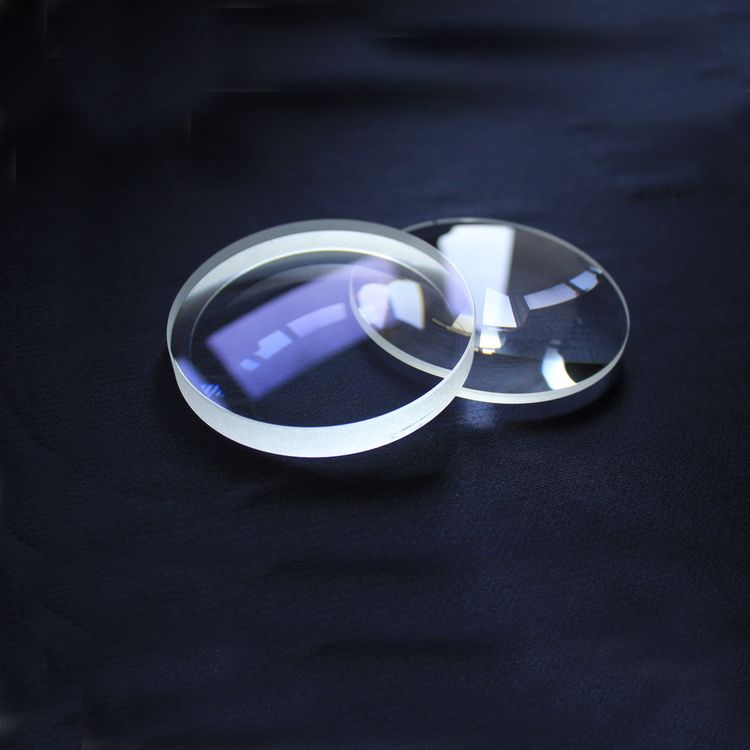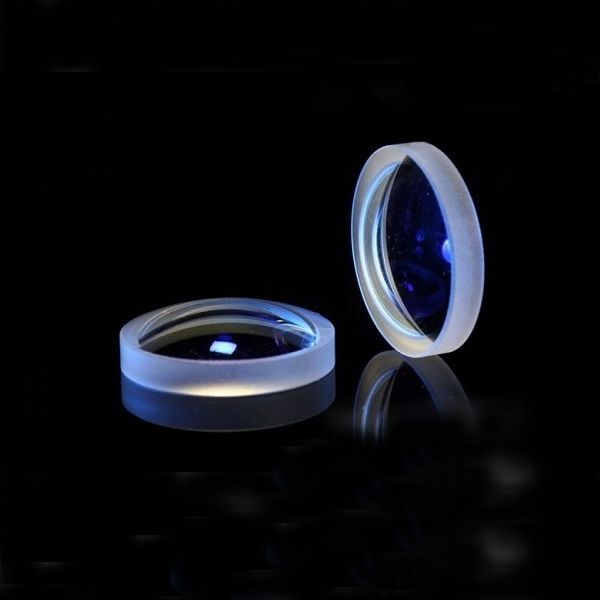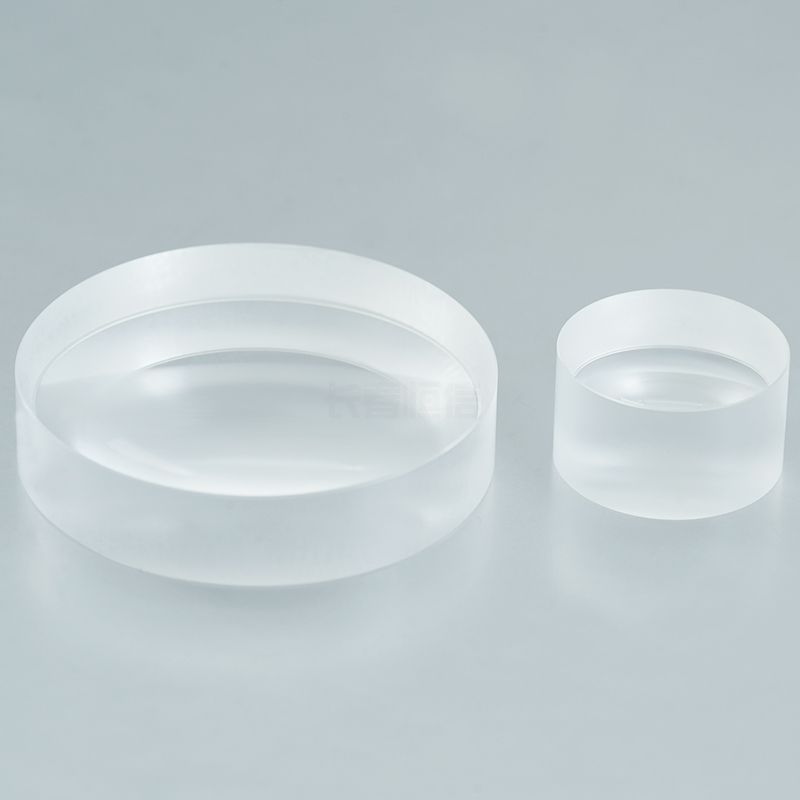Meniscus spherical lens
Meniscus lenses are commonly used in multicomponent optical systems to modify the focal length without introducing significant spherical aberrations. The optical performance of a multicomponent lens system is usually significantly better than that of a single lens. In these systems, the aberrations introduced by one component can be corrected by subsequent optical components. These lenses have a convex surface and a concave surface, and they can be positive or negative lenses.
Positive meniscus:
Positive meniscus lenses are usually used with another lens in composite optical assemblies. When used in this structure, positive meniscus lenses shorten the focal length and increase the numerical aperture (NA) of the system without introducing significant spherical aberrations.
Negative meniscus:
Negative meniscus lenses are usually used together with another lens in composite optical assemblies. When used in this structure, the negative meniscus lens increases the focal length and decreases the numerical aperture (NA) of the system.
| Material | BK7 and Fused silica typically, Visible optical glass, Infrared optical glass. | |||
| Tolerances | Low precision | Standard Precision | High precision | |
| Glass Quality | nd | ±0.001 | ±0.0005 | Melt controlled |
| vd | ±0.8% | ±0.3% | Melt controlled | |
| Dimension Tolerance (mm) | ±0.20 | ±0.10 | +0.01/-0.01 | |
| Radius Tolerance (R) | 1% | 0.5% | 0.3% | |
| Scratch-Dig | 80-50 | 60-40 | 20-10 | |
| Wave front Distortion at 632.8nm | λ per 25mm | λ/4per 25mm | λ/10 per 25mm | |
| Clear Aperture | 80% | 90% | 95% | |
| Bevel | 0.3±0.10mmx45°or upon requirement | 0.1±0.10mmx45° | ||
| Coating | Coating may be available by custom order | |||






